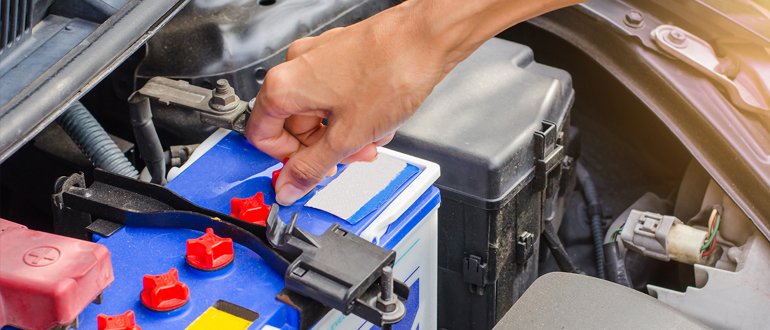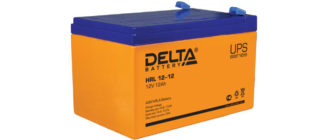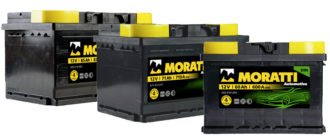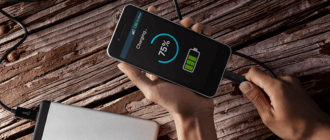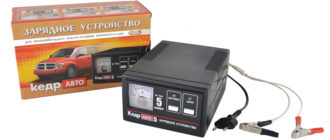The density of the electrolyte in the battery is one of the most important performance characteristics of a portable source of electricity. If, for one reason or another, this indicator does not meet the norm, then the performance of the car battery will be a big question.
Content
What is affected by electrolyte density
The density of the electrolyte directly affects the ability of the battery to accumulate energy during charging. If this indicator is much lower than normal, then the battery will not give out the maximum starting current. In addition, the battery life will decrease dramatically.
The high density of the electrolyte also negatively affects the performance of the power source, significantly reducing its service life. This is due, first of all, to the increased formation of sulfates on the surface of lead plates.
Such a “raid” conducts electricity poorly, which contributes to a significant reduction in battery capacity. Over time, strongly sulfated batteries completely cease to “hold” the charge and must be disposed of.
The risk of physical destruction of the battery can occur when the battery, in which the electrolyte with a low content of sulfuric acid is located, is left in an unheated room in winter. In such cases, even with slow thawing, the power sources may be completely unsuitable for further use.
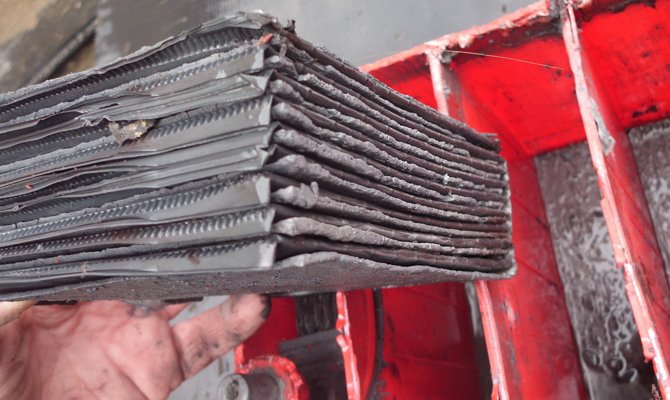
What should be the density depending on the season
The electrolyte density in winter and summer may be different. In the cold season, it is recommended to increase this figure, even in severe frost to protect the battery from destruction. On average, the density of the battery fluid depending on the season is as follows:
- Winter: 1.30 g / cm3.
- Summer: 1.26 g / cm3.
The listed values are the most extreme for a very harsh winter and hot summer. In a subtropical climate, battery operation is possible all year round with an electrolyte density of 1.27 g / cm3.
How to check density
It is practically impossible to determine the density in batteries that are not equipped with a special “eye”, but even if there is such an element in the battery, the concentration of sulfuric acid can only be judged conditionally. This parameter can be precisely determined using a special device.

The hydrometer is a device in which there is a "float" with a scale. By the degree of immersion of this part in the electrolyte, you can accurately determine the density of the electrically conductive liquid. Measurement is very simple:
- Open traffic jams.
- Install the appliance in the hole.
- Squeeze the pear.
- Release the rubber element.
- Determine the fluid density on the scale.
Thus, measurements are made in all banks of the battery.
In the absence of a hydrometer, the density can be measured using an electronic balance and a measured volume of 100 ml. To perform the procedure, it is enough to collect electrolyte from one can, after which, install the tank on the measuring device.
Net weight in grams will be equal to the density of the electrolyte with a left shift of the decimal point by 2 digits. For example: 127 grams will be equal to a density of 1.27 g / cm3. Only Net weight is measured, that is, before performing the procedure, one must remember to weigh the empty tank and subtract this value from the total mass.
What causes the density to drop
The main reason for a significant drop in the density of the electrolyte is the constant dilution of the liquid inside the cans with distilled water, with frequent leaks. Expiration can occur in the presence of cracks in the housing or insufficiently tightly closed traffic jams.
If the cause of the change in the composition of the conductive fluid is a leak in the housing, then the leak must be identified as soon as possible. Badly closed plugs must be screwed in properly or installed on silicone sealant.
A slight deviation in the concentration of sulfuric acid is always detected with a strong discharge of the battery. This condition is very harmful for lead batteries. If the battery is “zero”, immediately connect the power source to the charger.
How to increase the density in the battery
Raising the density in the battery is a snap. To perform this operation, you can use a corrective or conventional electrolyte or charger.

Using Corrective Electrolyte
You can use this method of restoring the density of the electrolyte only if the battery is serviced, and the concentration of sulfuric acid in the electrically conductive liquid has not decreased below a critical level.
Correction electrolyte is a solution of sulfuric acid (formula H2SO4) in distilled water with a significantly higher concentration of the basic substance. The adjustment is to remove highly diluted electrolyte from the cans.
This can be done using a pear or hydrometer. Then, instead of the selected fluid, a correction composition is poured. When performing this operation, you should constantly monitor the density of the electrolyte in banks using a hydrometer.
Boost with Charger
Using the charger, you can increase the density of the electrically conductive liquid in both batteries with plugs and maintenance-free models.
In order to equalize the density value, it is enough to connect the device to the battery observing the polarity, and then connect the device to a 220 V network. If it is possible to select the current strength, to more smoothly increase the density, it is recommended to set the value of this parameter to 10% of the battery capacity.
Complete electrolyte replacement
A complete replacement of the electrolyte will be needed if the density of the electrolyte cannot be restored by charging or using a correction solution. To replace the conductive fluid, you will need to prepare a new electrolyte, a plastic funnel, a rubber bulb, a hydrometer, as well as a container for draining the old fluid.
Such an operation is performed according to the following instructions:
- Remove corks from cans.
- Pump out the electrolyte from the battery using a bulb (in order to get the liquid from the bottom, it is recommended to put a thin silicone tube on the rubber device).
- Pour in a new electrolyte using a funnel (this procedure should be performed very slowly so as not to spill caustic liquid).
After the level of the conductive liquid in all banks is brought to the optimum value, the plugs are replaced and the battery is connected to the mains charger.
It should be noted that in this way it is possible to adjust the density only in serviced battery models.
Work Precautions
Top up the electrolyte in cans or completely replace the battery fluid only with the observance of safety precautions. The sulfuric acid solution is a very active liquid that reacts with organic and inorganic substances.
Electrolyte contact with the eyes during operation can lead to an irreversible change in the functioning of the organs of vision, so the use of special safety glasses is mandatory.
When a conductive fluid is spilled onto the skin, the surface of the body will be covered with severe chemical burns. For this reason, rubber gloves and an apron should also be used to help protect clothing from through holes.
The negative effect of acid on metal surfaces is manifested in the erosion of products from this material. Even very strong alloys are subject to a chemical reaction, so if you need to add electrolyte, you should remove the battery from the machine.
When restoring the density of the battery from the mains charger, it is necessary to monitor the presence of sufficient air movement in the room. In the absence of ventilation, it may ignite the gas that forms during charging. In addition, inhalation of such mixtures can cause severe poisoning.
If all precautions are taken before the work on restoring the density of the battery electrolyte begins, this procedure will be performed without any complications.
Have questions or have something to add? Then write to us about it in the comments, this will make the material more complete and accurate.

